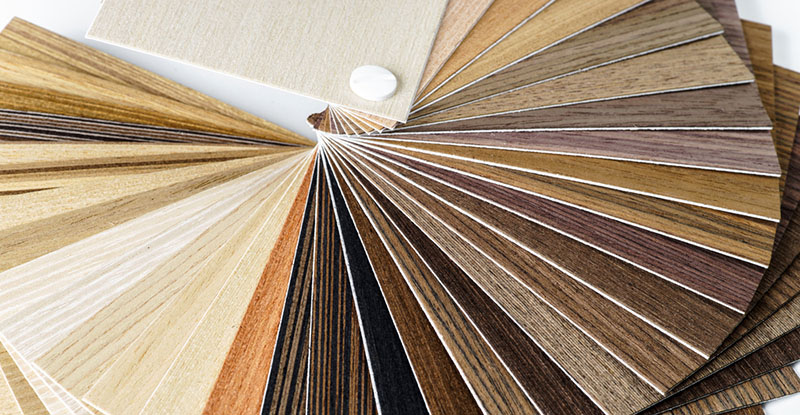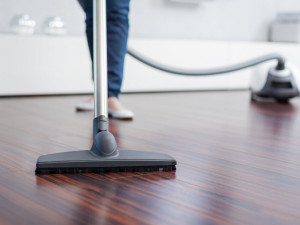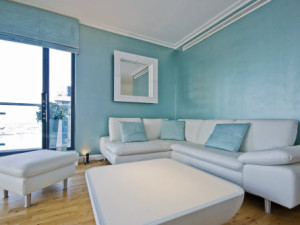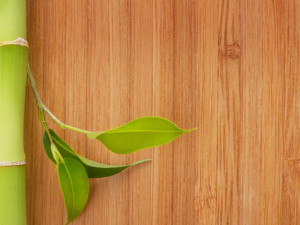Timber Flooring: Understanding the Various Types
Which flooring to choose when you are building or renovating your home is a very important decision. Whether to look at carpet, tiles, concrete or timber, the options, considerations and choices can seem endless. The best option for your family and home will depend on a number of factors including children, pets, mobility, comfort, budget and personal preference. Many of the benefits of timber flooring are that there is often a product to suit your situation, as the types, styles, colours and finishes are so varied.
Let’s take a closer look at the different types of timber floors to help you choose the type that suits you best.
 Solid Timber Flooring
Solid Timber Flooring
Typically found in older homes. Solid timber boards come in a wide variety of colours and are generally about 19mm thick. They can be installed on bearers and joists or over concrete.
With a wide range of timbers to choose from, solid floorboards allow you to select either soft or hard woods – for full flexibility in colour, grain, hardness and durability.
This is the most durable type and can easily be re-sanded to remove scratches and dents. A new colour selection of finishing means you can update the look of your flooring without needing to replace it.
Solid Timber Overlay Flooring
Similar to solid timber floors, overlay flooring is typically only about 12mm thick. This means it must be installed over a solid base such as concrete as it is too thin to be used straight over bearers or joists.
Timber overlay flooring is often cheaper and can be easier to lay, but still offers the same wide selection of colours and grains.
Floating Timber Floors
Also known as timber laminate or engineered flooring, floating floorboards are a timber veneer over plywood or plantation pine. It is important to note that these floorboards are only around 3-4mm thick. This limits their ability to be re-sanded or restored. Thicker veneers are available (but please check with the manufacturer first).
They can be laid over most structurally sound floors which make them a great option for cost-effective renovations to almost any type of existing floor. Pre-finished and relatively easy to install, floating floors are a popular choice for DIY.
However, this benefit can also be their downfall – cheaper veneers are usually thinner and therefore not as durable and cannot be re-sanded.
Laminated Flooring
Be careful not to mistake this type of flooring for timber veneer floating floors. Laminate floors are engineered in the same way as the laminate used for kitchen counters. Laminated flooring is by far the most affordable option, but not as easy to repair.
Once you have decided which type of flooring will best suit your needs, it is time to select the colour, style and grain. Our team of experts are ready to guide you through this step-by-step phase and offer you sound advice throughout your selection process.









